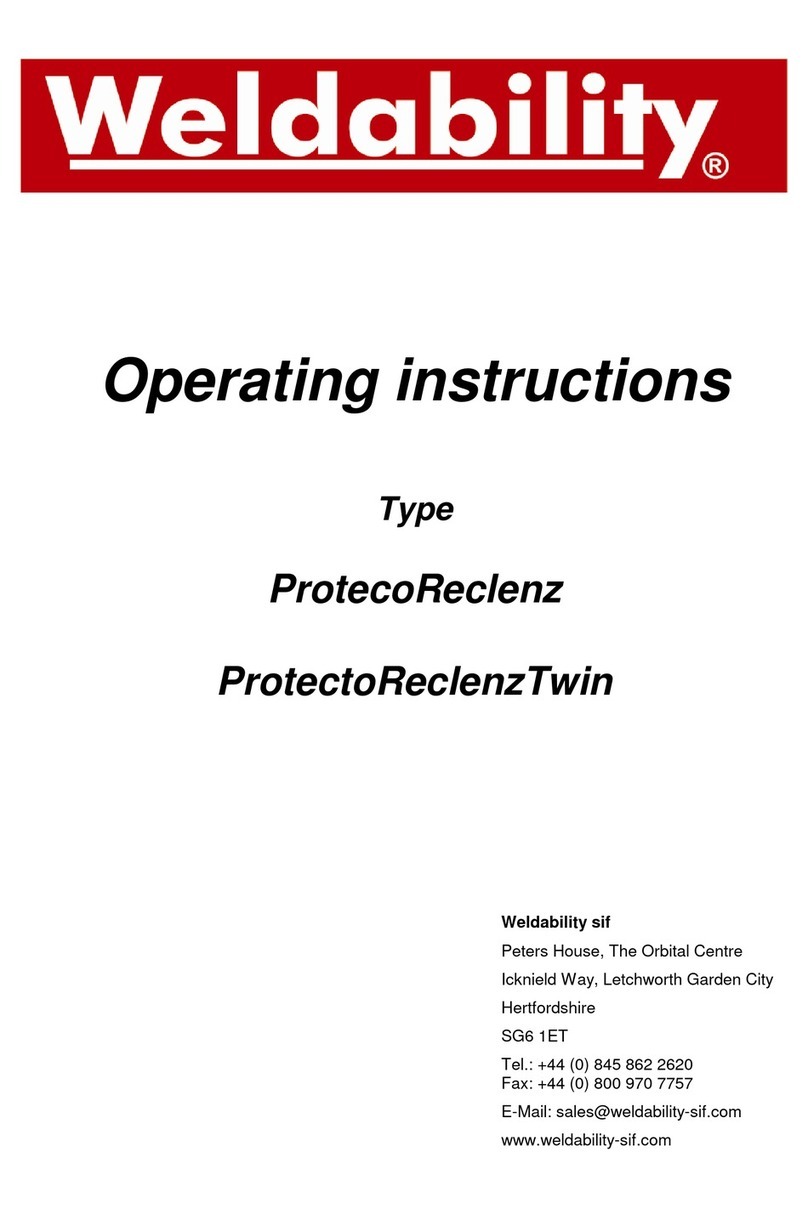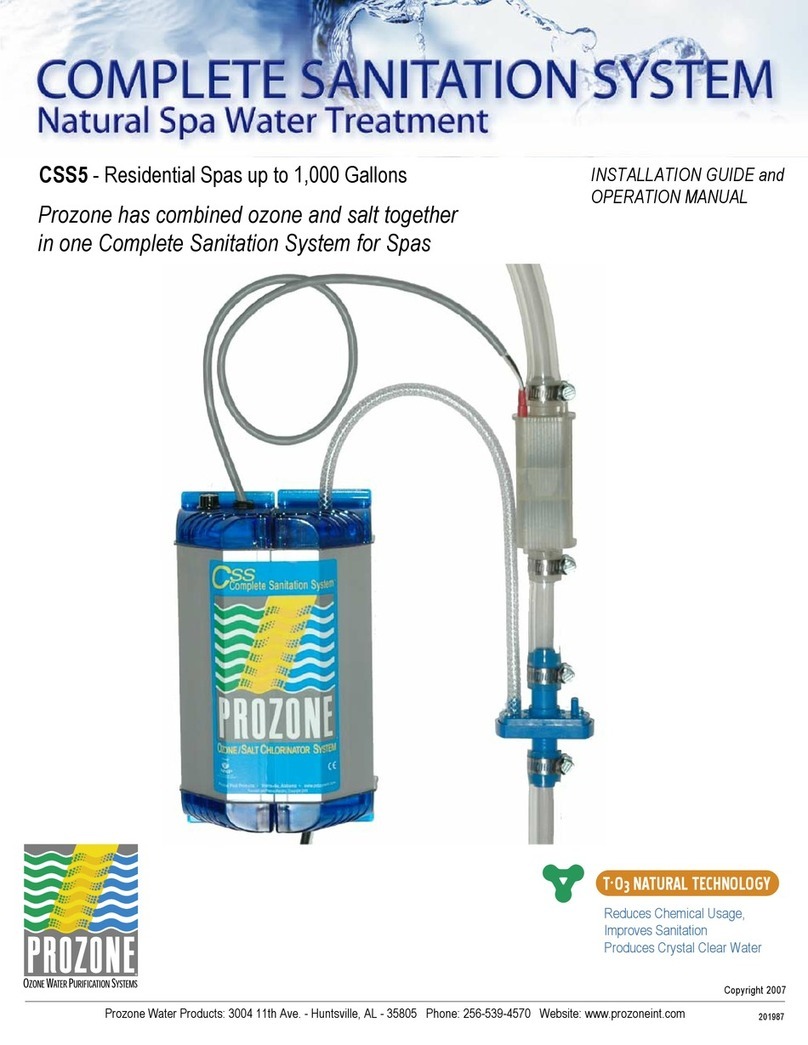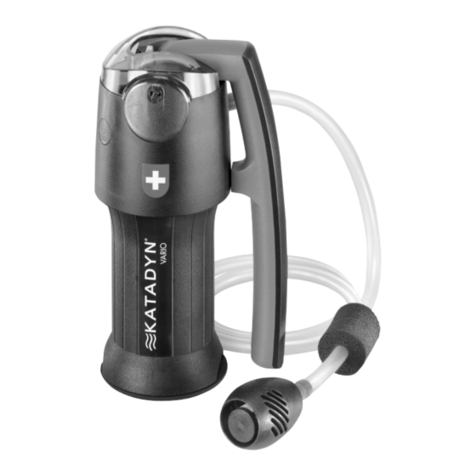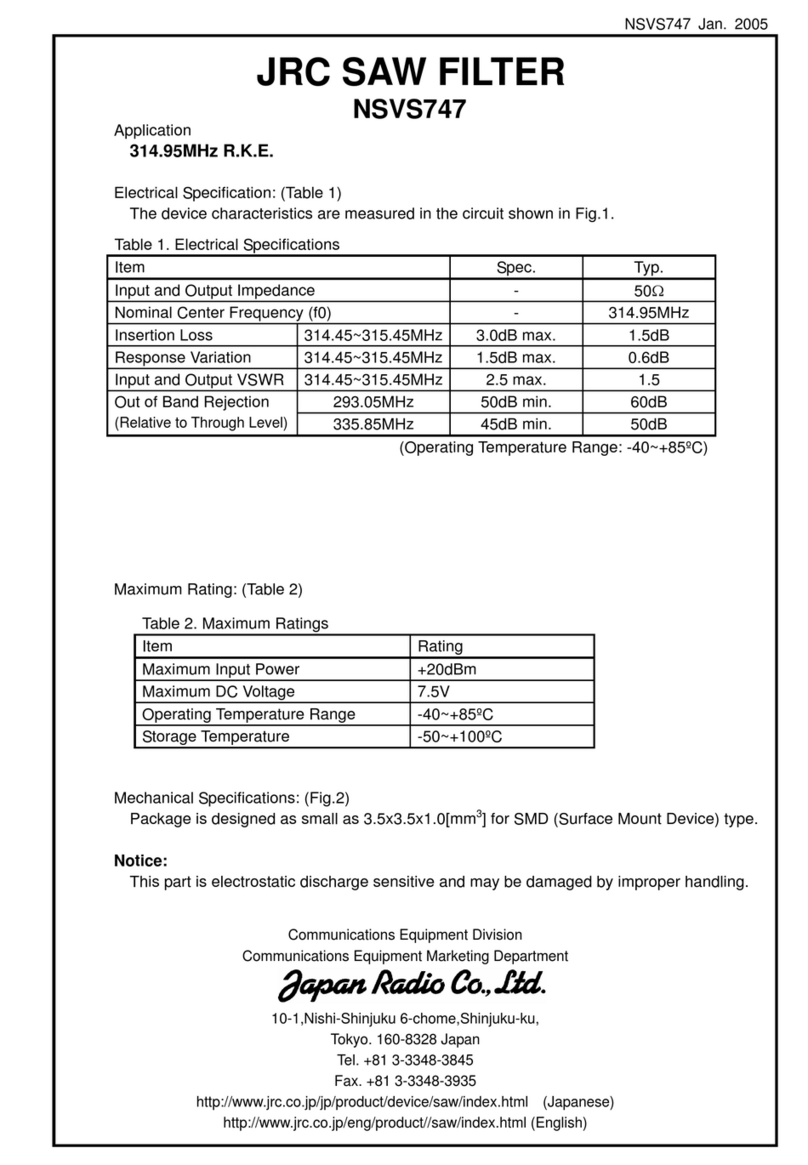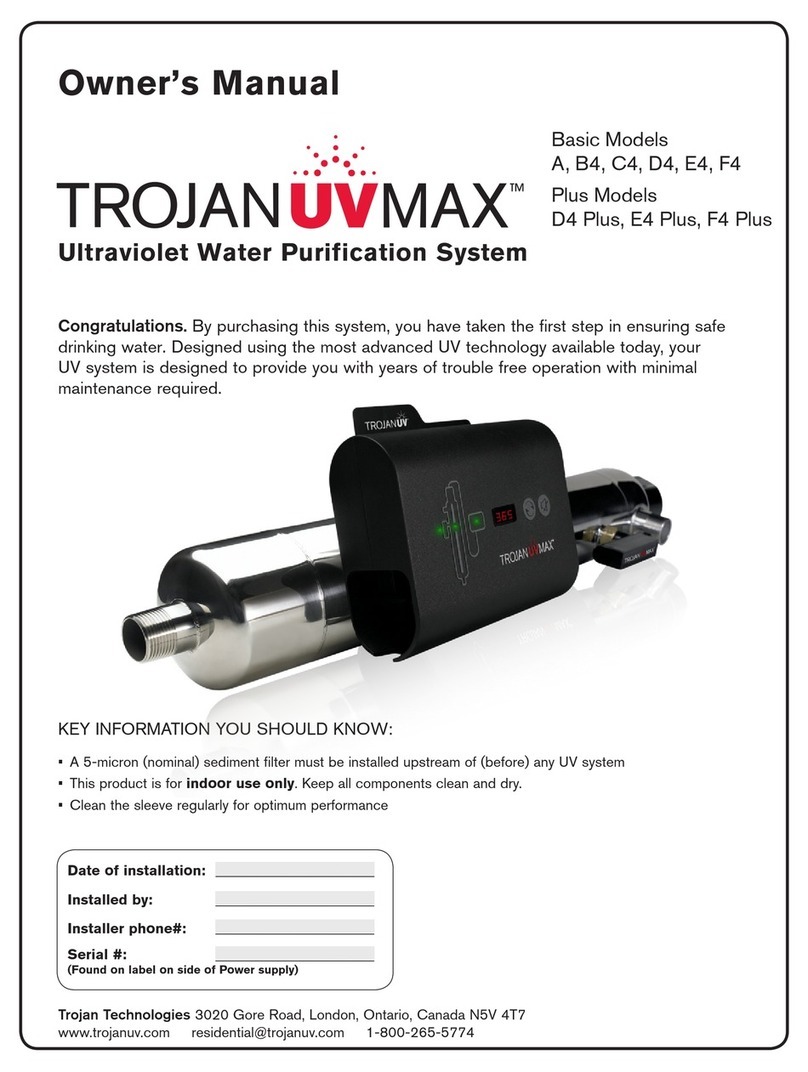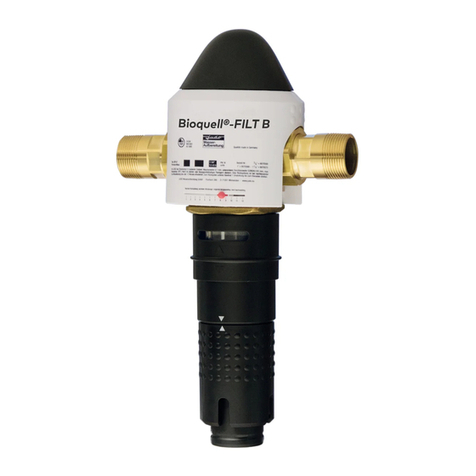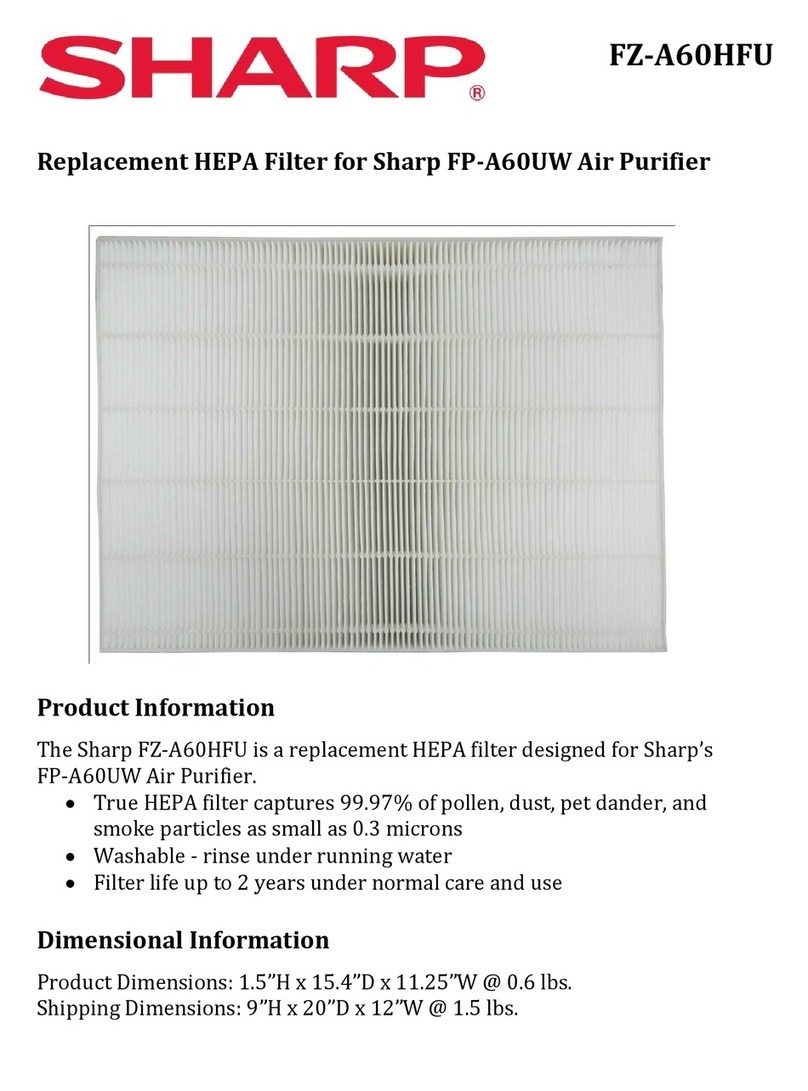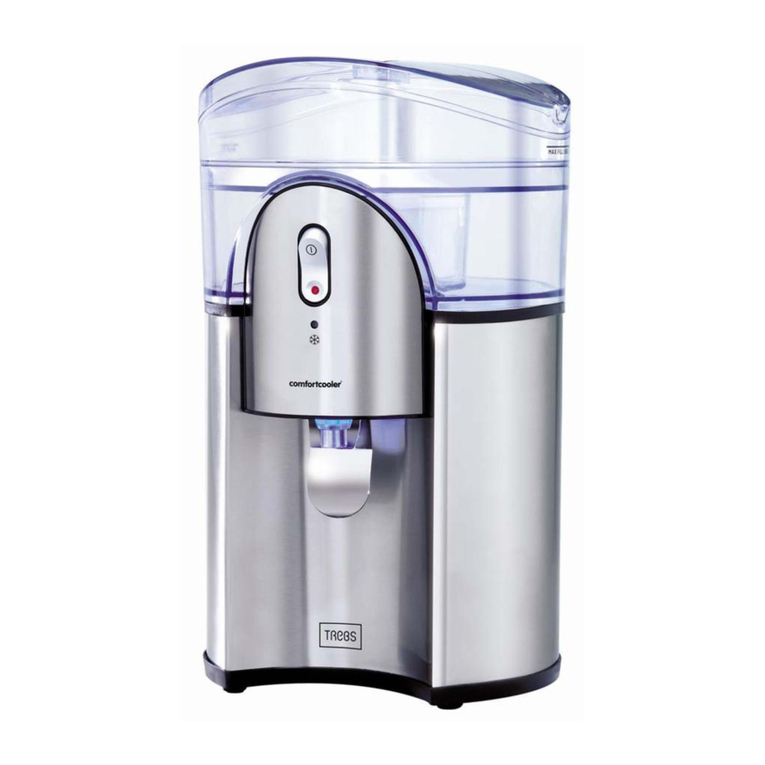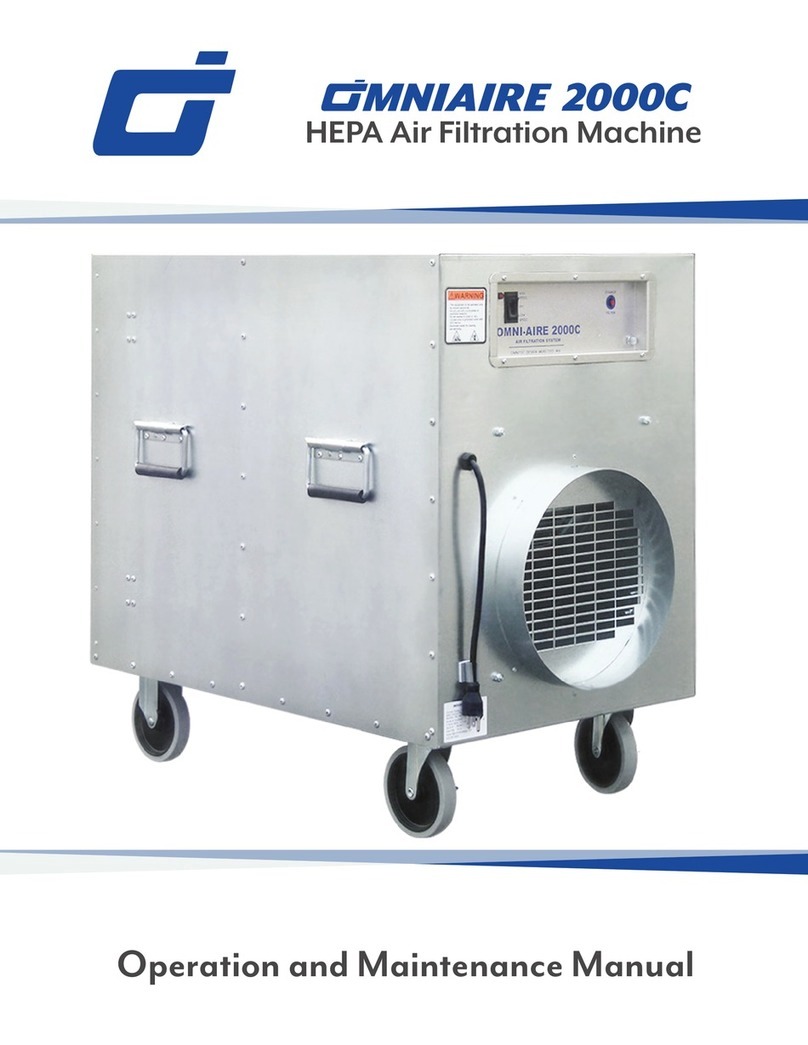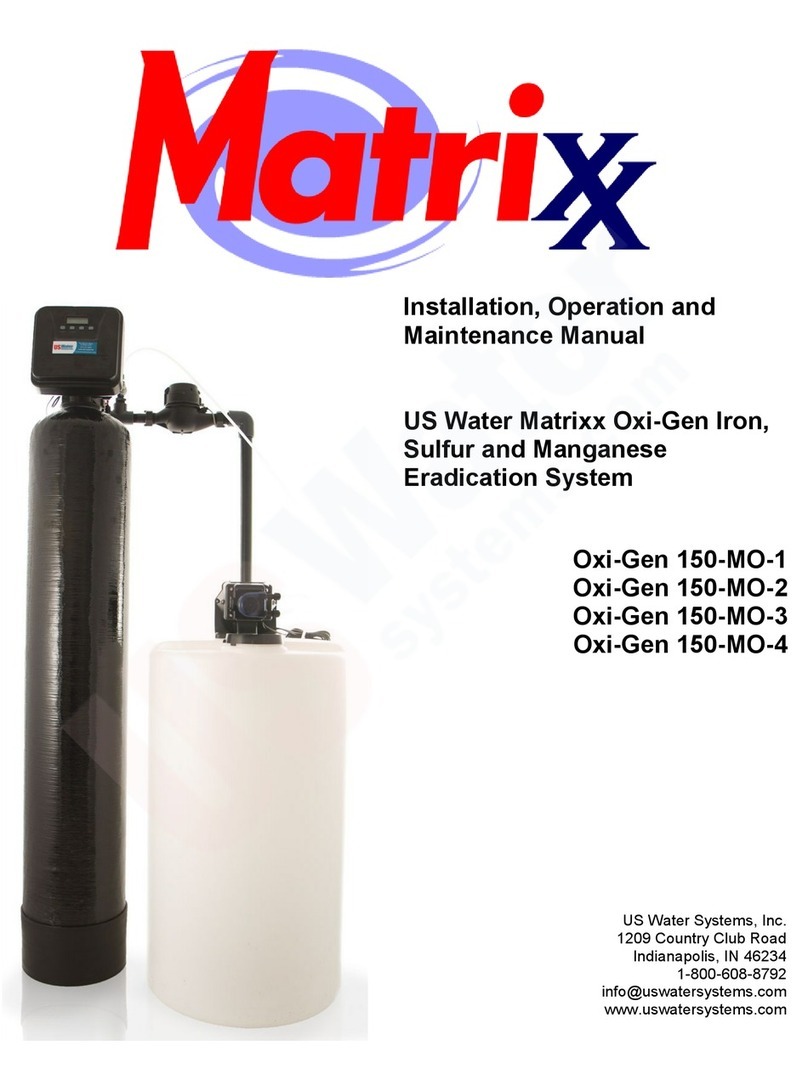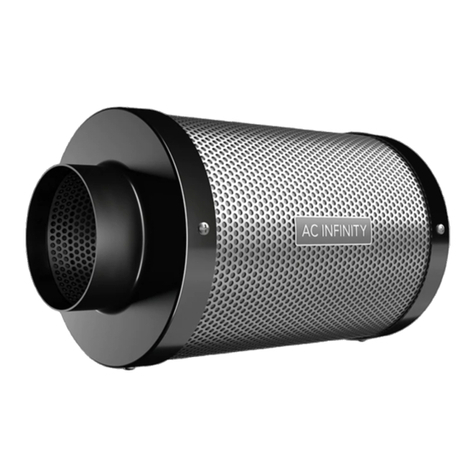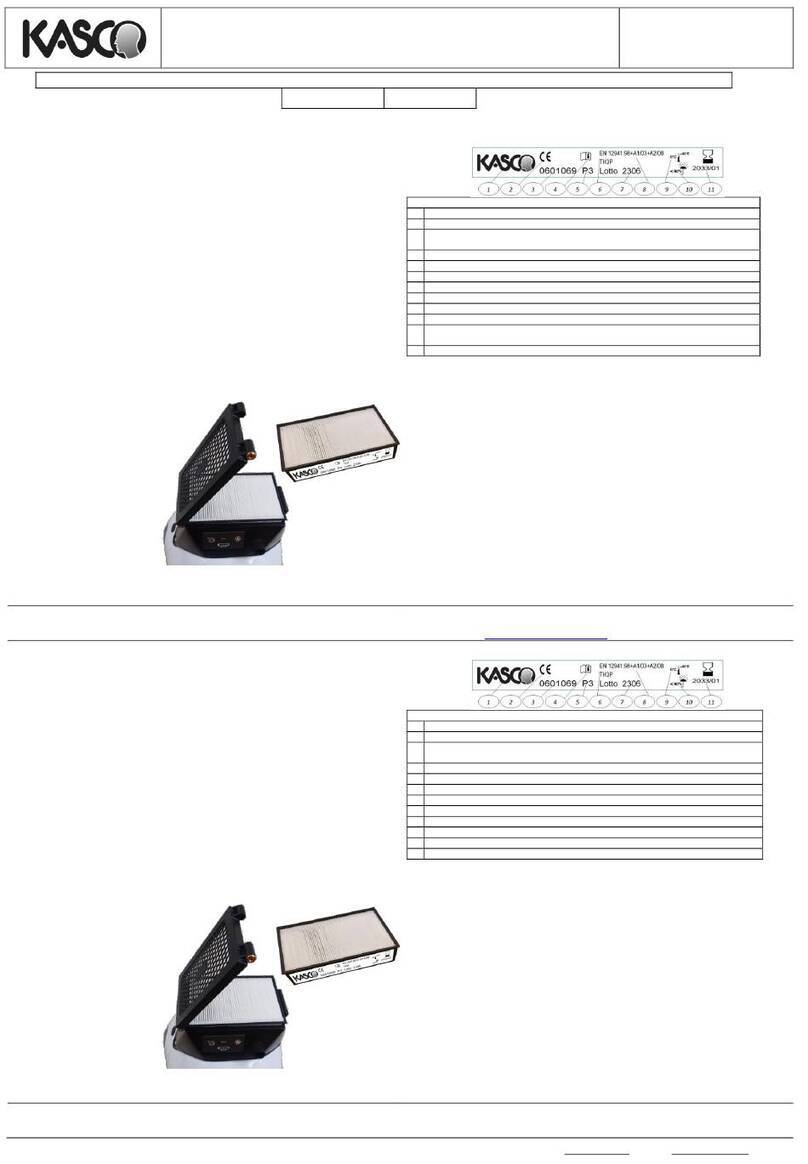Source: TPP 1von 3 Version 4_2017
Keine Haftung bei Druckfehlern, Irrtümer und Produktänderungen / No liability for being complete, correct and/or up-to-date
Keine TPP Garantie bei Verwendung der Produkte ausserhalb des registrierten und vorgesehenen Verwendungszweck /
No TPP guarantee applies to goods used other than the registered and intended use
Gebrauchsanleitung TPP – Vakuumfiltration „rapid“-Filtermax /
Instructions for Use of TPP Vacuum Filtration „rapid“-Filtermax
Anleitung
Die Vakuumfiltration ist für das Filtrieren von
wässrigen Lösungen wie Zellkulturmedien und
biologische Flüssigkeiten vorgesehen. Das
System bietet maximale
Durchflussgeschwindigkeit bei minimaler
Schaumbildung und Proteindenaturierung.
Vakuumfiltration „rapid“-Filtermax Systeme gibt
es in verschiedenen Volumengrössen. System-
komponenten sind gleich, die Volumen-
kapazität ist jeweils unterschiedlich.
Wichtig: Protokoll in steriler Umgebung
einhalten bei Filtrationen für die Zellkultur.
•Produktbeutel nehmen, Kontrolle bezüglich
Unversehrtheit der Verpackung und
Produkt.
•Verpackung aufreissen. Verpackung von
Schraubkappe bis zur Verwendung nicht
öffnen.
•Filter-Top fest auf die Filter-Flasche
aufschrauben.
•Beim Vorfiltrieren den Vorfilter auf der
Membrane zentrieren und benetzen.
•Deckel vom Filter-Top abnehmen,
Filtriermenge einfüllen.
•Schlauchanschluss in Filter-Top
einstecken.
•Ein Ende vom Schlauch mit der Einheit das
andere mit der Vakuumquelle verbinden.
•Vakuum applizieren.
•Nach dem Filtrieren Vakuum ausschalten,
Deckel auf Filter-Top geben und Schlauch
entfernen.
•Filter-Top abschrauben, Schraubkappe aus
packen und Flasche mit der Schraubkappe
verschliessen.
Hinweis
•Beim Filtrieren von Lösungen mit starker
Verunreinigung durch Partikeln eine
Vorfiltration mit einem Glasfasersystem
durchführen.
•Beim Filtrieren einer stark verdünnten
Lösung, vorher einen Bindungsversuch
durchführen.
•Bei geöffneter Verpackung Produkt in
steriler Umgebung lagern.
•Lagerung: Wichtig: zuerst Probelauf mit den
aktuellen Konditionen durchführen, um
Machbarkeit zu bestätigen. Bei Lagerung
unter Gefrierpunkt können Spannungen zu
Materialrissen führen.
•Der Anwender sollte folgendes Material
bereithalten: Vakuumquelle,
Vakuumschlauch, Vorfilter aus Glasfiber.
•Die Flasche ist für Gefriervorgänge nicht
geeignet.
Vermeidung von Implosionsverletzungen
während der Anwendung:
•Nur Gefässe verwenden, welche für das
Vakuumfiltrieren zugelassen sind.
•Beim Vakuumfiltrieren Schutzbrillen tragen
und Sicherheitsvorschriften einhalten.
•Kein Vakuumfiltrieren mit handgehaltenen
Gefässen.



